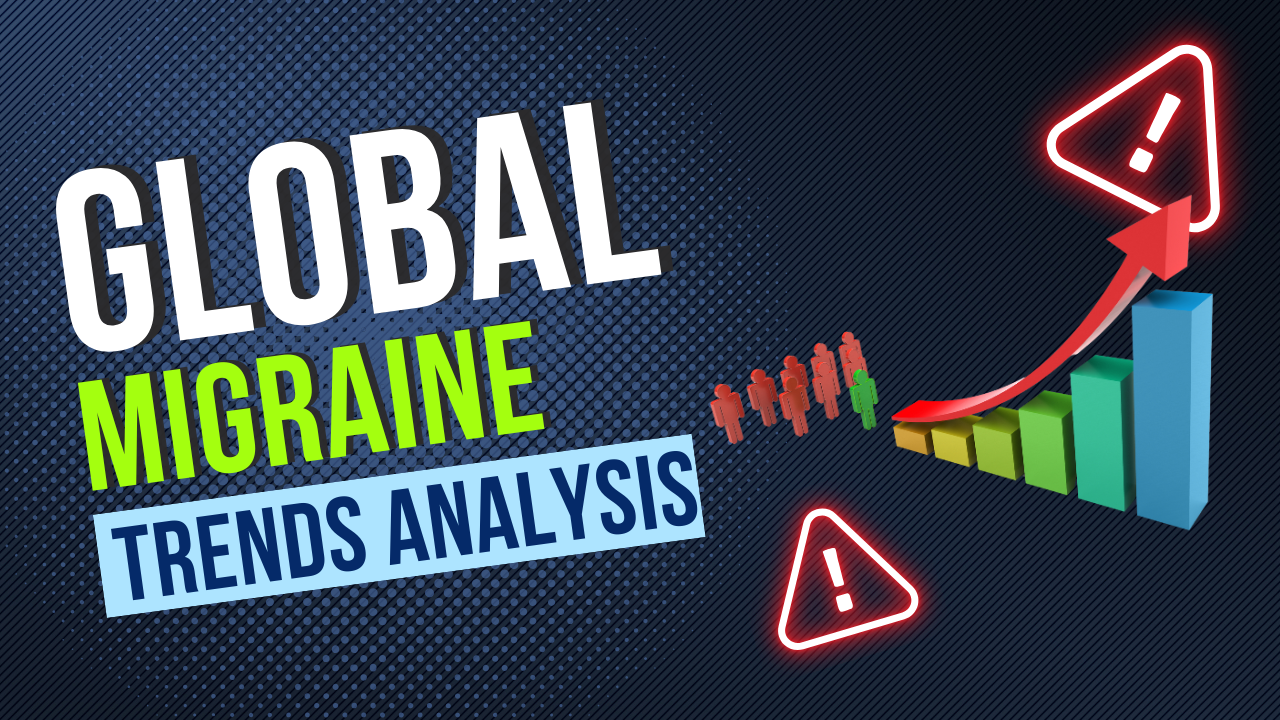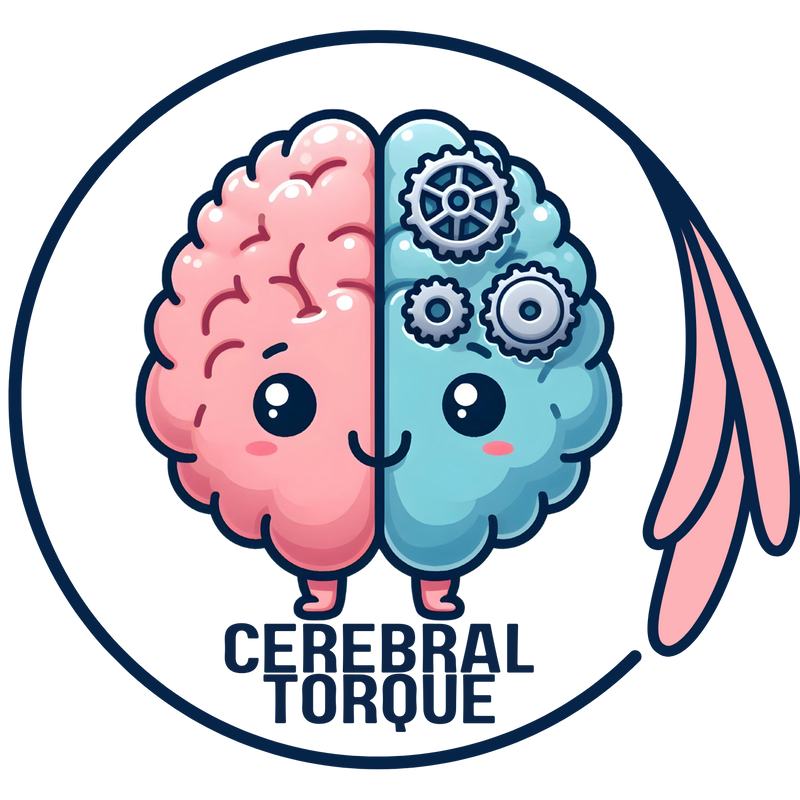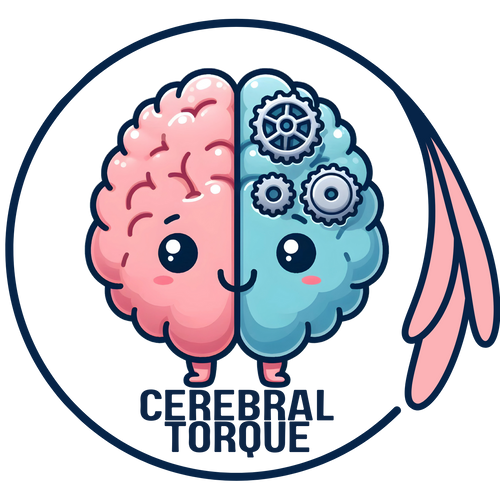Global Migraine Trends Analysis
Posted on December 11 2024,

Global Burden of Migraine
30-Year trend analysis and future projections by age, sex, country, and region
Source: Dong, L., Dong, W., Jin, Y. et al. (2024). The Global Burden of Migraine: A 30-Year Trend Review and Future Projections by Age, Sex, Country, and Region. Pain Ther.
https://doi.org/10.1007/s40122-024-00690-7
https://doi.org/10.1007/s40122-024-00690-7
1.16B
People Affected (2021)
About 1 in 7 people globally now have migraine
58%
Increase Since 1990
From 732.56 million to 1.16 billion cases
30 Years
Study Period
Comprehensive trend analysis 1990-2021
Key Terms Explained:
- ASPR (Age-Standardized Prevalence Rate): Number of cases per 100,000 people, adjusted for age differences in populations
- EAPC (Estimated Annual Percentage Change): How fast the rate is changing year over year
- DALYs (Disability-Adjusted Life Years): Years of healthy life lost due to disability and early death
- SDI (Sociodemographic Index): Measure of a region's development level (0-1 scale)
Basic Numbers - How Big is the Problem?
| What We're Measuring | 1990 | 2021 | Change | What This Means |
|---|---|---|---|---|
| Total People Affected | 732.56 million | 1.16 billion | +58.15% | About 1 in 7 people now have migraine |
| New Cases Per Year | 63.50 million | 90.18 million | +42.06% | More new cases being diagnosed yearly |
| Impact on Life (DALYs) | 27.41 million | 43.38 million | +58.27% | Increasing impact on quality of life |
NOTE: While the absolute number of migraine cases has increased significantly (from 732.56 million to 1.16 billion), primarily due to population growth, the age-standardized prevalence rate has remained relatively stable at around 14% of the global population. However, the total burden on healthcare systems and society continues to grow due to the larger absolute number of affected individuals.
Men vs. Women - Who's More Affected?
| Measurement | Women (2021) | Men (2021) | What This Tells Us |
|---|---|---|---|
| Number of Cases | 725.24 million | 433.19 million | Women are more affected overall |
| Rate per 100,000 (ASPR) | 17,902.6 | 10,624.2 | Higher prevalence in women |
| Growth Rate (EAPC) | 0.02 | 0.13 | Men's cases growing 6.5x faster! |
NOTE: While women have more migraine, men's cases are increasing much faster, suggesting previous underdiagnosis in men.
Age Patterns - When Does Migraine Occur?
| Age Group | What We See | Why It Matters |
|---|---|---|
| 10-14 years | Highest new cases (2,368.93 per 100,000) | Critical age for first onset and intervention |
| 30-34 years | Most total cases (128.09 million) | Major impact during peak working years |
| 40-44 years | Highest overall rate (21,579.93 per 100,000) | Greatest burden during mid-career |
NOTE: Migraine often start in teens and peak during prime working years, significantly impacting education and careers.
Geographic Differences - Where's the Problem Worst?
| Development Level | Rate per 100,000 | Trend | What This Means |
|---|---|---|---|
| High SDI (Most Developed) | 15,365.14 | Stable | Better diagnosis but rates leveling off |
| Medium SDI | 14,200.50 | Rising Fast | Improving detection and reporting |
| Low SDI (Least Developed) | 12,808.97 | Little Change | Possible underdiagnosis due to limited healthcare |
NOTE: Higher reported rates in developed countries likely reflect better healthcare access and diagnosis rather than true differences in occurrence.
Study Implications & Future Directions
- Healthcare systems need to improve migraine detection in men
- Early intervention programs needed for adolescents
- Workplace support crucial during peak working years
- Developing regions need better access to migraine care
- Global burden expected to continue rising through 2050
Wed, Dec 17, 25
Migraine Management During Pregnancy, Breastfeeding, and Pregnancy Planning
This guide provides comprehensive, evidence-based recommendations for migraine management throughout the reproductive journey.
Read MoreMon, Nov 17, 25
Migraine Research - During the week of my absence.
Migraine Research - During the week of my absence. The Association Between Insomnia and Migraine Disability and Quality of Life This study examined how insomnia severity relates to migraine disability...
Read MoreSat, Nov 01, 25
Anti-CGRP Monoclonal Antibody Migraine Treatment: Super-Responders and Absolute Responders and When to Expect Results
Anti-CGRP monoclonal antibodies achieved 70% super-response and 23% complete migraine freedom in a one-year study. Most dramatic improvements occurred after 6 months of treatment. For patients with chronic or high-frequency...
Read More


